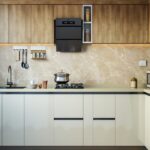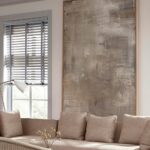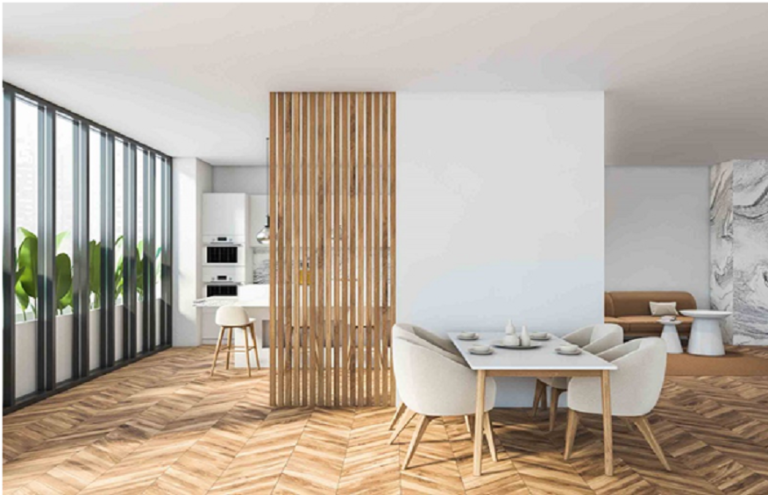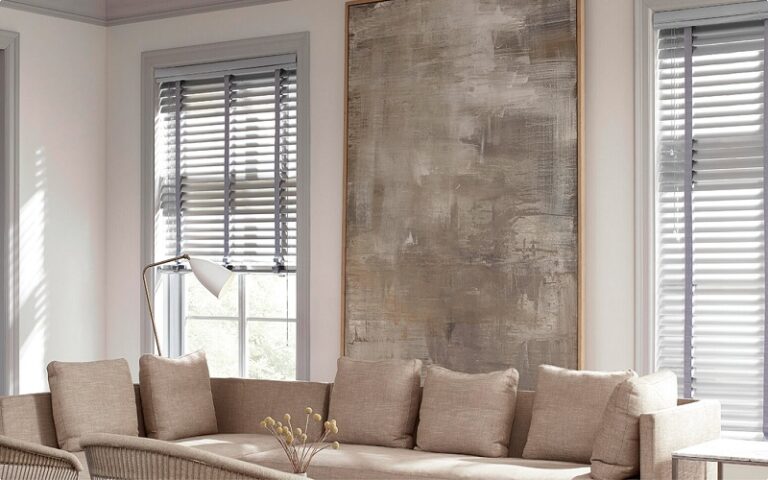Living in a small space presents some unique challenges for interior design. Without careful planning, cramped quarters can easily become cluttered, crowded, and uncomfortable. With some clever solutions from skilled interior designers and decorators, even the tiniest home can be highly livable and make good use of every precious square foot.
Embrace multifunctional pieces
Once you’ve identified your lifestyle priorities, incorporate furniture and décor that can serve multiple purposes. Multifunctional pieces are a small space dweller’s best friend. With hidden storage, a coffee table with lift-up surfaces revealing storage bins, nested side tables, beds with drawers built-in, and a desk that folds down when not in use are just some of the transitional pieces that maximize functionality. Home decorators recommend seeking out units with concealed storage space and furniture that easily changes functions. Murphy beds, convertible dining tables, and modular seating also adapt your space to serve different needs.
Strategic storage solutions
Even if you pare down possessions to the essentials, small spaces easily get overloaded with everyday items. That’s why finding enough storage room for clothes, linens, kitchenware and everything else is a top priority. interior designer Santa Clarita recommends first looking for any wasted space that can be converted into storage, such as the area under beds and sofas or awkward corners. Then investigate specialized storage fixtures. Custom built-in cabinetry makes the most of every inch by fitting precisely into unique spaces. Shelving units designed to optimize vertical storage help double capacity. Storage ottomans, wall-mounted racks, over-the-door hangers and hidden compartments camouflaged seamlessly into existing furniture also increase space.
Maximize vertical dimensions
Small spaces often have limited square footage, but provide vertical real estate from floor to ceiling. Interior designers specializing in small residences always seek to take advantage of height design options. Floor-to-ceiling shelving doubles storage capacity while maintaining an open, airy ambiance. Tall cabinets and pantries fit more essentials without expanding a room’s footprint. Multi-level counter spaces make room for small appliances and meal prep essentials. High-hanging décor draws eyes upwards, creating the illusion of extra room. Vaulted ceilings enhance the feeling of openness and freedom of movement within confined areas. Clerestory windows and interior glass block walls borrow light from adjoining rooms while retaining privacy. All these vertical elements keep cramped quarters feeling more expansive.
Let light reach every corner
Dark, gloomy spaces will only exacerbate that claustrophobic small house or apartment feeling. That’s why interior designers focus intensely on lighting solutions to keep things bright. Expansive windows along exterior walls let natural light flow in. Skylights and solar tubes pipe sunshine into interior zones. Splash color from accent lamps to balance out shadowed areas. Translucent sliding door panels borrowed light while retaining privacy for bedrooms and baths. Mirrors amplify brightness while giving the illusion of extra room particularly effective along hallways or staircases. Designing a lighting plan that illuminates every corner keeps moods and rooms light-filled.
Small spaces may present some challenges, but ultimately satisfying lifestyles are achievable with smart solutions. Interior designers and home decorators agree maximizing vertical dimensions, built-in storage, and clutter control allows even pint-sized places to function flawlessly. With some vision and strategic changes, your home both accommodates your lifestyle and reflects your style regardless of the size.


















+ There are no comments
Add yours